
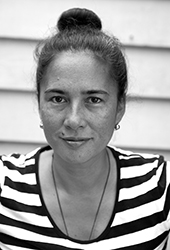
PLAYWRITING & THE PERSONAL
I too was the eldest of four, all girls. I was quiet, I looked and I listened. I wrote stories, an early opus involved an ant, a plant and an elephant. I read a lot. But I didn’t speak out a lot and I like to say the main reason was because I was a writer and writers don’t like to be up front. They quietly observe shit and they go write it down. But the other reason I think was because I was both brown and a girl. I wanted to be integrated and invisible.
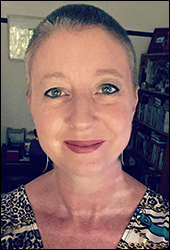
A BEAUTIFUL MUSCULARITY
The benefits of attending to an artform over many years
Why write, if not for fame, money or glory? In this part reflection part manifesto Emilie Collyer explores the various rewards that come from engaging with an artform in a sustained way regardless of (and very occasionally as well as) outcomes and accolades.
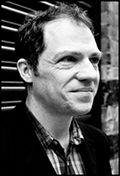
NO DRAMAS
by Ben Ellis
How do you make theatre in the land of ‘No Dramas’?
In an increasingly uncertain landscape our next State Of Play addresses Australia’s unique relationship to the idea of drama itself in everyday life.

KEEP GOING SISTER I WILL TRANSLATE FOR YOU
Reflections on the 2018 Women’s Playwriting International Conference in Santiago, Chile.
by Donna Abela, Emma Mary Hall & Grace Pundyk
A unique triple-reflection by three Women-identified writers – Donna Abela, Emma Mary Hall and Grace Pundyk – of their experiences on the international stage. Read the essays here
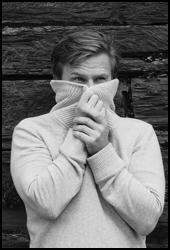
FIENDS FOR LIFE
by Tom Holloway
‘It was probably about 5am when I first became aware of it. I was asleep in bed and dribbling heavily in to my pillow when a strange sound elbowed its way in to my mind. It was a kind of grumbling, hissing, farting sound, like a gremlin dying. I woke, my mouth now well and truly dry and pillowy, and as I opened my eyes the form of it emerged in front of me.’
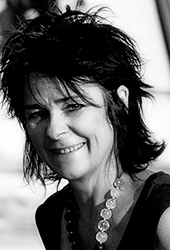
THE HAPPIEST ACCIDENT
“I’m proud of the work we do up here. Stories which reach in, grab my heart and wrench it sideways. Regional stories are different. That’s the whole point. That city based audiences don’t often get to see them renders their experience poorer, in my opinion. It also renders the national canon poorer.”

PLAY NOW: COMMUNITY THEATRE AND PLAY AS PERFORMANCE IN CONTEMPORARY AUSTRALIA
“The experimental arts have only touched on the shaping of social interactivity occasionally in the last century, and more recently the performing arts (through live art and immersive theatre) have really only just begun to design explicit rule structures with a participating audience in mind“
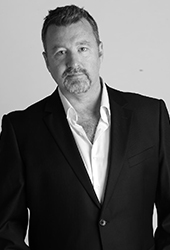
TIME TO SEIZE THE MEANS OF PRODUCTION: ACTIVISM IN TWENTY-FIRST CENTURY AUSTRALIAN THEATRE
by Ross Mueller
“Today, agitation is essential. But it needs to be more than speeches after curtain calls. It can be more than angry Facebook posts about the plebiscite. It may be more than yelling, it could be in our work.”
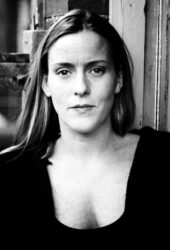
FINDING THE METAPHOR – THE ART OF REMEMBERING
by Jane Bodie
“I stand in my mother’s house, lined from wall to wall with her handwritten notes, photos, sketches, debris filling all gaps on the floor. I know I have to clear it, but don’t know how to begin. I also know that a first draft of my play is due in 4 weeks and that I have lost its thread. I have forgotten what it was that I wanted it to say.”

NEW WRITING. NEW CONSCIOUSNESS.
NEW CULTURE.
by Didem Caia
“We are just beginning to skim the surface of our silenced history and, at the same time, rushing to catch up with an Australia that encompasses much more than a tragic past. This inherently political space is the viscera from where the words, sounds and images of the future rumble.”

FACE IT – WE’RE SHIT
“Despite some promising figures over the last few years, the 2016 theatre companies’ programmes confirm mindfulness is a farce. There’s an increase in the disparity between the programming of male-authored and female-authored work.”
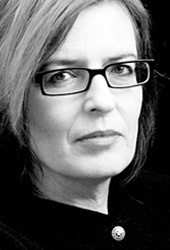
THE CRITICAL GAP
by Alison Croggon
“The one thing you can say with certainty about the business of theatre criticism over the past decade is that it’s been volatile. In Australia, the initial excitement of the digital revolution is now well over… But has anything really changed? I’m not sure. In all the panic about shrinking opportunities, how much have we reimagined what criticism is, and what it could be.”
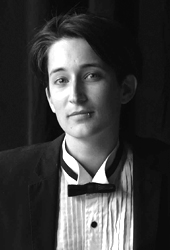
THE AUSTRALIAN BAD PLAY
by Jana Perkovic
“The Australian bad play is invisible, yet omnipresent. It does not get produced, critically interpreted, studied, archived, published, does not enter curricula. Australian theatre tries to forget its bad plays quickly, not unlike the way Australian society tries to forget its lesser historic episodes.”
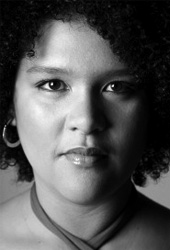
ALL OF ME: THE TALE OF A BROWN GIRL WITH BIG DREAMS
by Candy Bowers
“As an artist who’s weaved in and out of our state theatre companies and the independent scene, I see a remarkable amount of laziness and tokenism regarding integration and supporting diversity. Shame and guilt still mark discussions surrounding the systemic racism at play. There are some basic processes working against the aim of cultural change.”
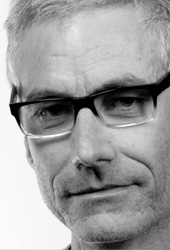
MAKING THEATRE: MEANING AND METHOD
by Bruce Gladwin and the Back to Back Theatre ensemble
“It’s a bold statement but I would contend Back to Back’s operation as a theatre company is beyond any expectation of possibility. The company’s record of achievement or even existence could not have been dreamt of in the recent past. In its emerging actuality, Back to Back has ridden a wave of social reformation for people with intellectual disabilities, placing Australian theatre at the forefront of artistic expression as a driver of dynamic political change.”

WRITING IN THE DARK
“I believe theatre also has the capacity to act as a protective factor for young people, not by shielding them from difficult ideas and images, as an anxious Helicopter parent might, but by exposing them to these ideas, by contextualising them and by shattering notions of what is normal or natural or obvious.”

SOME NOTES ON THE TEXT: A PERSONAL PERSPECTIVE ON THE FALL AND RISE OF AUSTRALIAN DRAMATURGY
by Iain Sinclair
“Australian culture holds a natural antipathy toward the outsider expert, the educated provocateur, the wanker who is all hat and no cattle… Whether it’s fair or not, there is a thin but pervasive thread of distrust toward the process of dramaturgy that is still pervasive here.”
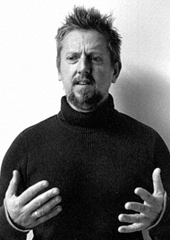
WHERE ARE WE NOW?
“We are living in interesting times, and while this might not make for comfortable living, it does make for great theatre, and Australian writers are no slower than anyone else in recognising that.”
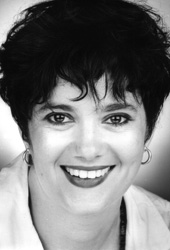
THE ACCIDENTAL DRAMATURG
by Francesca Smith
“I teach gentleness and yet I’m impossibly harsh with myself. I teach ease and yet I make things hard for myself. I know what works and yet I don’t do it. I’ve made an artform out of anxiety and procrastination, and I only take my own medicine when I absolutely have to.”
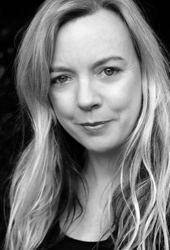
PAPER CUTS: A PLAYWRIGHT’S GUIDE TO SURVIVING THE REHEARSAL ROOM
by Suzie Miller
“For the lone playwright, the magical sharing and layering that occurs in the rehearsal room is at once an enticing and forbidding prospect. Sometimes there is deep trust and sharing established between writer and interviewees when conducting research for characters and stories, but most of our work is undertaken in private.”
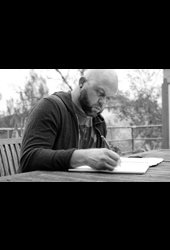
WE NEED TO TALK ABOUT PATSY
“The notion of apprenticeship in the arts has changed significantly, and now means very different things for different generations. For many practitioners who worked hard to emerge the old-fashioned way, there is confusion in the way things appear to be working now. Many emerged artists possess rich skills that could be recognized and exploited more widely, given most industries celebrate and harness experience.”
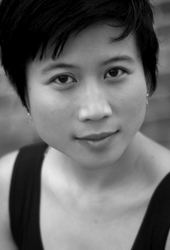
PERFORMANCE MAKING IN A VIOLENT WORLD
by Rani Pramesti
“I have many doubts about my work. A constant string of questions follows me in my daily practice: Why do I do it? Why should I reveal my wounds and now those of my mother’s, so publicly? Am I doing more damage to myself? Am I doing damage to my mother, my team, my audiences?”
